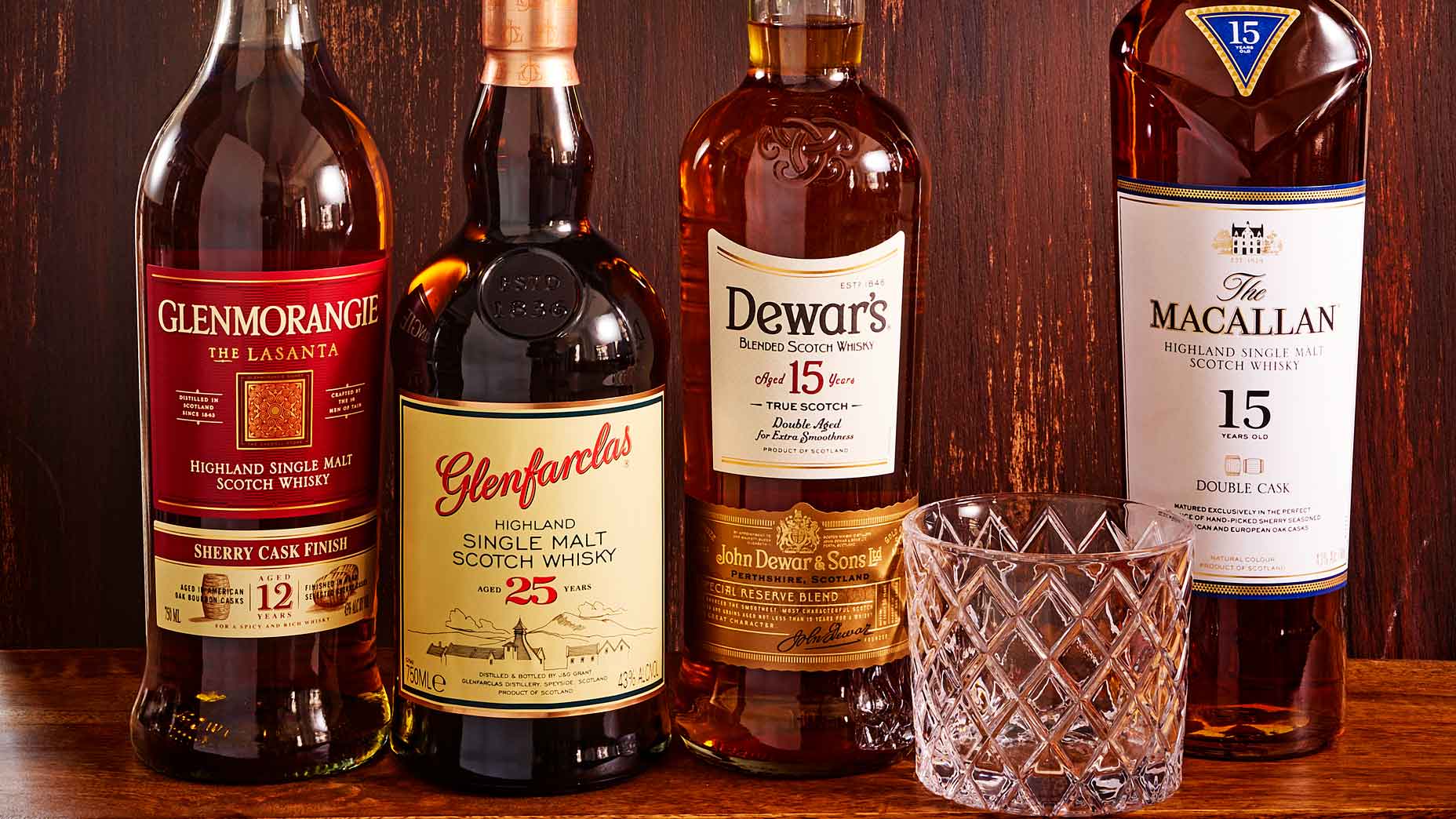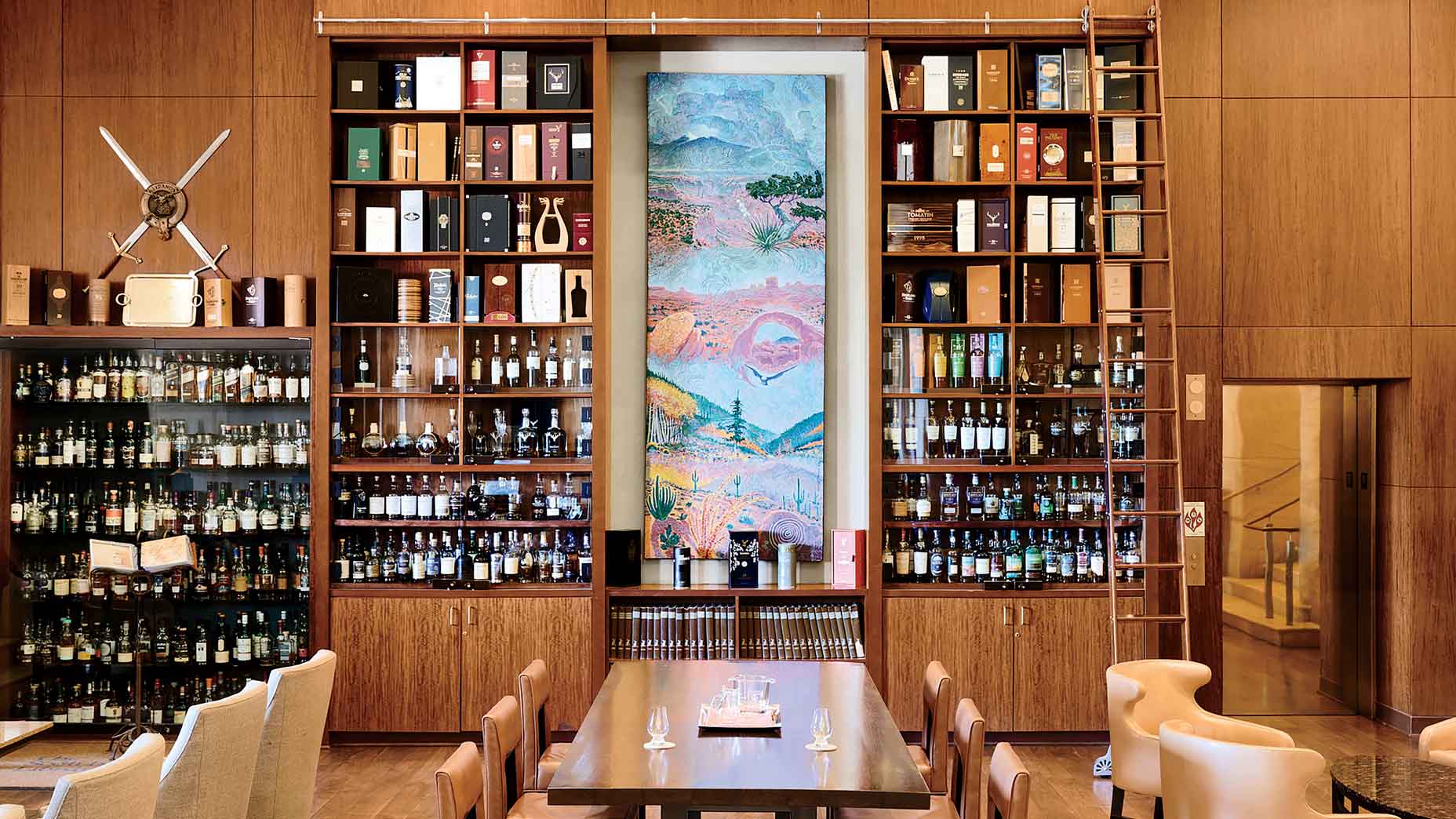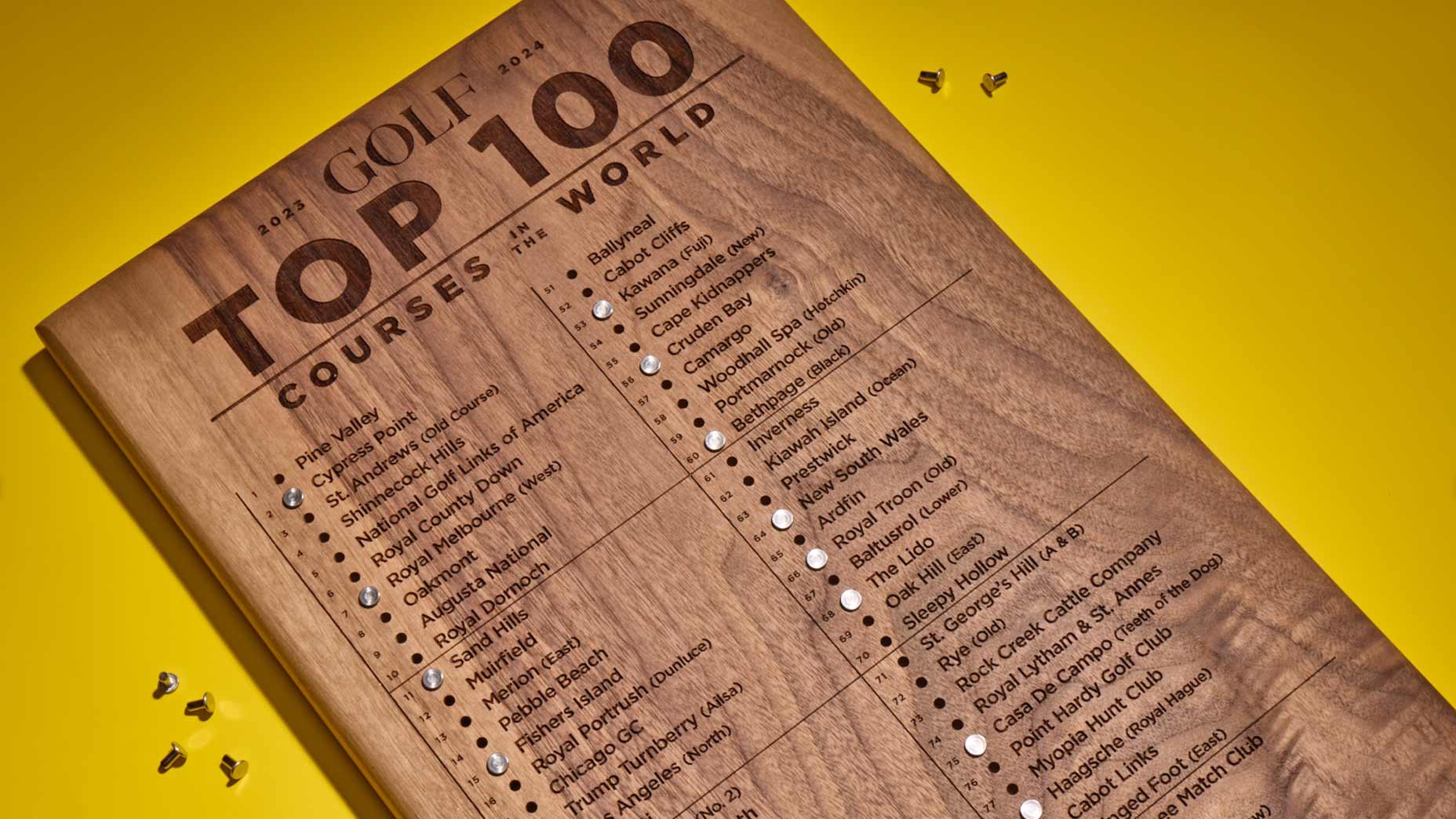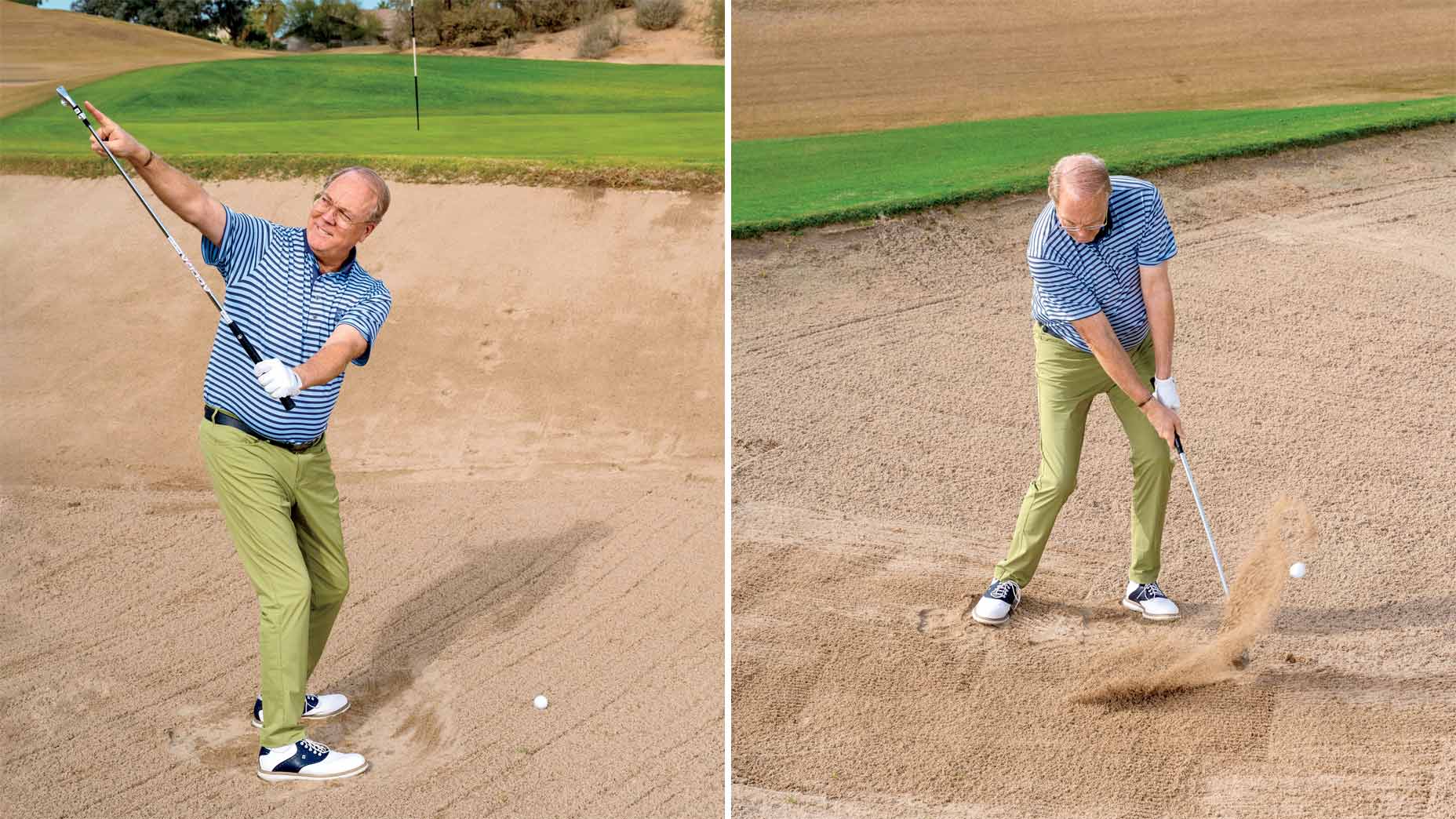Here’s why tequila is worth more than a shot

From left to right: Patron Silver, Mi Campo Blanco, Flecha Azul Reposado, Maestro Dobel Diamante, Fortaleza Añejo, Don Julio Blanco.
Shana Novak
For some, the mere mention of the word “tequila” can resurface unpleasant, hazy memories of wild nights out followed by crushing hangovers. Ouch.
That might be because, at bars in the U.S., tequila is popularly consumed as a shot — a 1.5 oz serving inhaled in a quick gulp, often with a lick of salt beforehand and a bite of lime afterward.
Though overindulgence of any alcohol is bound to lead to some — ahem — unfortunate consequences, tequila seems to be stereotypically singled out more than most.
Perhaps you’ve seen one of the many tequila-related memes online:
“One tequila, two tequila, three tequila, floor.”
“Do you know what happens after six tequila shots? Nobody does.”
“Tequila may not be the answer, but it’s worth a shot!”
You get the picture.
But vilifying tequila is unfair. Like fellow distilled-spirit whiskey, tequila is available in hundreds of variations and ages with seemingly endless flavor profiles. If you’re willing to broaden your horizons beyond margaritas and shots, tequila readily lends itself to being sipped and savored in the same way you might enjoy a glass of wine or single-malt Scotch.
Let’s start with a little background. Tequila, along with mezcal, is one of only two spirits produced from the agave plant. Tequila is, in fact, a type of mezcal, but only tequila is produced from blue agave. Also, approximately 95 percent of the world’s tequila comes from Jalisco in western Mexico.
So, where do the variations in flavor come from, and how can you decide which one would best suit your palate?
To answer that question, I turned to Berkeley Alvarado, a woman whose literal job title is “Tequila Goddess” at La Hacienda, the Fairmont Scottsdale Princess’ high-end Mexican restaurant in Scottsdale, Ariz.
Alvarado presides over a collection of more than 250 tequilas and delights in the opportunity to enlighten guests about what a positive and refined experience drinking tequila can be.
“I joke with guests, like, ‘I know there’s history with tequila, and it might be college nightmares,’” she says with a laugh. “But, I always say, there’s a tequila for everyone.”
Tequila is generally best when served neat, and should be stored at room temperature.
There are several basic categories of tequila: blanco, reposado, añejo, extra añejo and cristalino. Blancos are the youngest, bottled immediately after distillation; reposados are aged anywhere between two to 12 months in oak barrels; añejos are aged for one to three years; extra añejos for more than three years; and cristalinos are tequilas aged in oak barrels, then filtered with activated charcoal to produce a clear finished product.
Like whiskey, the barrel-aging process is what enables tequila producers to create so many different flavor profiles. If you like depth of flavor, Alvarado suggests giving an añejo a try.
“A lot of tequilas are aged in used bourbon barrels, so that already intrigues people because it’s something they’re familiar with,” she says. “And if they’re aged in it — in that ex-oak bourbon barrel or whiskey barrel — it’s going to get that flavor from it as well.”
When you’re ready to try your tequila, Alvarado suggests enjoying it in three steps. The first is to smell. Take a nice, big whiff of what you’re about to taste. (A narrow, champagne flute–shaped glass is helpful here, since it will enable you to hone in on the aroma as well as center the liquid on your palate.) Next, take a small sip — almost as if the liquid is hot, like soup or tea. And then — and Alvarado stresses that this is very important — exhale, which is the key to opening up the flavor profile.
Alvarado has a few other dos and don’ts. While spirits like Scotch can be enhanced with the addition of a little water or ice, she says tequila is generally best when served neat. She also recommends storing it at room temperature.
One man who knows a thing or two about tequila appreciation is pro golfer Abraham Ancer, who cofounded Flecha Azul tequila (see third bottle from left in photo above) with entrepreneur Aron Marquez in 2020.
The brand now features five flavor profiles: blanco, reposado, añejo, cristalino and extra añejo.
“If I don’t mix it with anything, any sugars or any other drinks, I can sip on that really all night,” Ancer says. “But then the next day, I’m ready to go. I can go work out and practice.”
Tequila and its agave-based mate, mezcal, are experiencing explosive growth in the U.S. and may soon surpass vodka as the country’s most popular spirit. And if you need yet another reason to give tequila sipping a try, health-conscious imbibers will be pleased to know that tequila, with its low-sugar content, is also relatively low-calorie.
And to that we say, Salud!
Diamante Tee Time
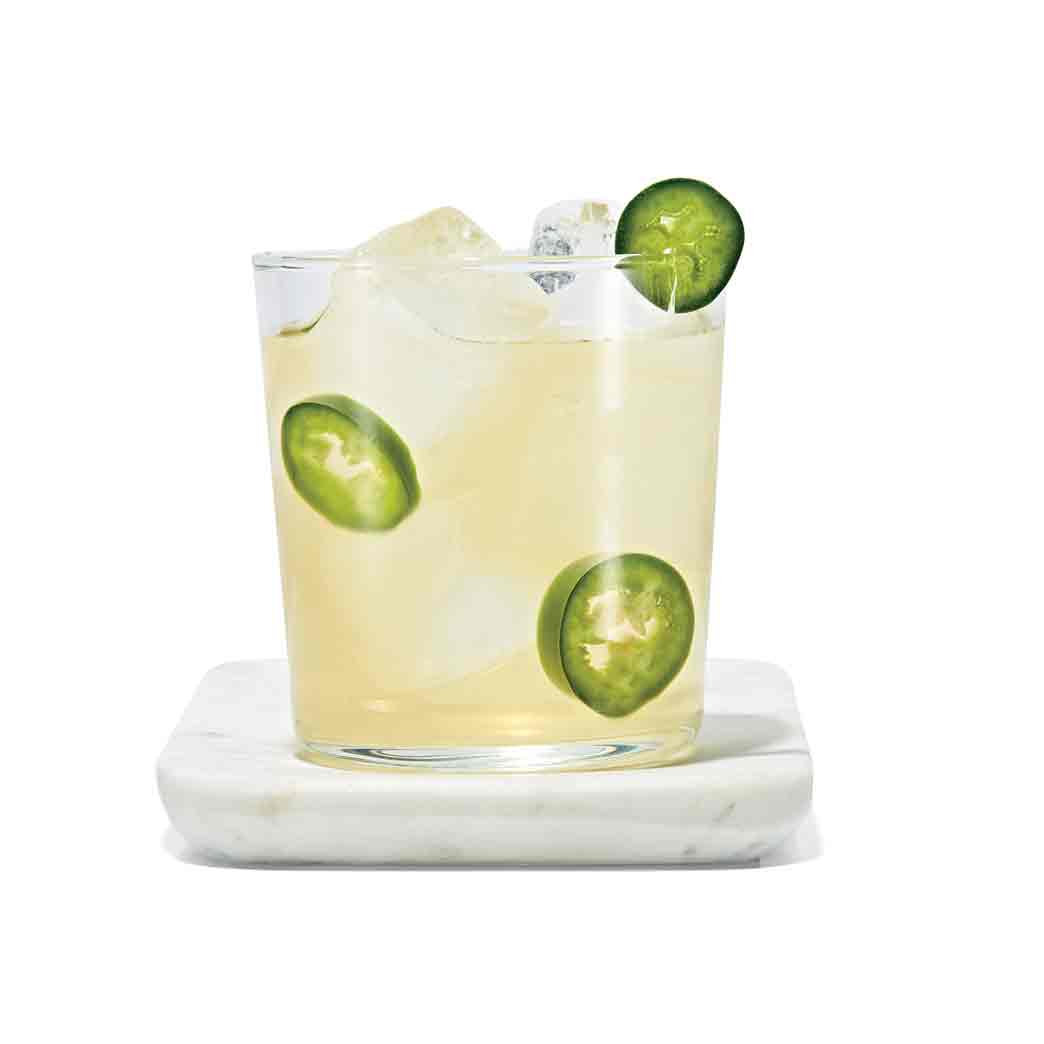
-1½ oz Maestro Dobel Diamante
-½ oz lemon juice
-½ oz agave syrup
-1¾ oz green tea
-jalapeño slices
Add two jalapeño slices to a shaker and muddle. Add the rest of the ingredients to the shaker except tea. Add ice, shake and double-strain into an ice-filled rocks glass. Top with tea and stir lightly. Garnish with jalapeño slice to taste.
TASTY TEQUILAS
(See article’s main photo, bottles listed from left to right.)
1. Patron Silver, $50
Smooth, soft and light, with notes of fresh citrus. Works well as a mixer or on its own.
2. Mi Campo Blanco, $25
Honey maple, white chocolate and pepper finished with toasted oak.
3. Flecha Azul Reposado, $58
With notes of spices, butter and vanilla, this reposado possesses a sweet, rounded finish.
4. Maestro Dobel Diamante, $45
Juan Dobel and master distiller Alex Coronado lean on 11 generations of tequila mastery to produce this smooth tequila that’s both accessible and complex.
5. Fortaleza Añejo, $89
Aged in oak, this silky and flavorful tequila features an oily mouthfeel with notes of black pepper and ripe fruit.
6. Don Julio Blanco, $55
Light, round and sweet, with notes of citrus fruit and black pepper.


